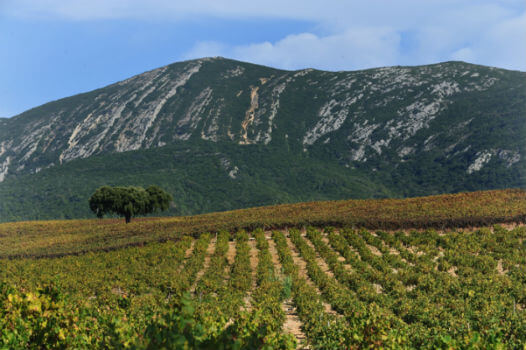Text João Barbosa | Translation Jani Dunne
Península de Setúbal is a peculiar region, in a way. On the one side, it belongs to Lisbon’s Metropolitan area, yet still considered part of Alentejo. The map outlines it as one of the districts, but adding different realities to the mix makes an even greater mess and the political drawing becomes abstruse.
I don’t understand why a vineyard in Grandola could be similar to one in Palmela. Right, the Atlantic Coast; of course… In that case, why is Odemira part of Alentejo? Never mind the fact that the Alentejo boroughs in the Setúbal district aren’t, in fact, in a peninsula.
Bureaucracy and nonsense aside, what matters is the wine from a region which I find very interesting, from an oenophilic point of view.
I will start – and end – with the quality of the wine. Finding a bad wine in the Setúbal Peninsula is not an easy task. There are trustworthy producers in “both regions”. However, few are big enough to expose their products properly. According to the Regional Vine-Growing Commission (CVR) there’s a “Top 9”, which proves my point: the tenth is in another reality. Few companies have the minimum necessary dimension to be talked about.
In alphabetical order – to be polite – there is Adega de Palmela, Adega de Pegões, Bacalhôa, Ermelinda Freitas, Horácio Simões, José Maria da Fonseca, SIVIPA, Venâncio da Costa Lima e Xavier Santana. Together, they make up 98% of the wine. There is still another recently popular one Herdade de Rio Frio.
Although decreasing, the dimension of cultivated land is a measure for a wine’s success: 23350 acres (in 2000) became 23227 (in 2013). It’s the 6th biggest producer, the 4th biggest exporter and, as per the CVR, sales increase has been “excellent”.

Península de Setúbal in www.vinhosdapeninsuladesetubal.pt
In the year 2000, 12,622 hectolitres of Moscatel de Setúbal were produced, while in 2013 production came to 14,298. The nectars certified by Palmela have increased from 19,286 (in 2000) to 24,622 (in 2013). The Regional Península de Setúbal jumped from 110,818 (in 2000) to 245,558 (in 2013).
Producers, from 2000 to 2013, grew from 92 to 128. There were nine for Moscatel de Setúbal and now there are 12. Purple Moscatel had four and now six.
When it comes to success, I think we have made that clear. If the “9” are responsible for 98%, this means they are the drivers for the smaller producers who focus on niche-markets. I like Herdade do Portocarro best of all for their amazing wines Cavalo Maluco (Crazy Horse) and Anima (Latin for ‘soul’) – in West Alentejo.
A few years ago, I visited a producer in the region because of a programme for RTP television channel and, when pointing to a vine of red grapes, I asked the image specialist:
- Do you know what species this is?
He replied that he didn’t.
- It’s castelão.
I might have had a 95% chance of getting it right… the farmer intervened:
- Actually, it’s syrah.
For more than a century, the wines in the region “usually meant” castelão. Others appeared, but this variety persevered; 70% consists of red species.
What, then, makes this 2-in-1 region special? A mix of freshness and heat from Alentejo sand and air. The freshness comes from the Setúbal Peninsula, from locations that may be higher and may contain more clay (Serra da Arrábida) and from winds that run through the Tejo and Sado estuaries. In West Alentejo, river Sado is near, pools of the deep-water rice plantations live about, the sea is close and the neighbouring pine forests give it some subtlety.
In my view, I would add palate, a subjective factor. These two regions are worth exploring. They have yet another advantage: prices are usually kind to the pocket. Besides, there are GREAT wines in the Setúbal Peninsula and in West Alentejo.




Leave a Reply